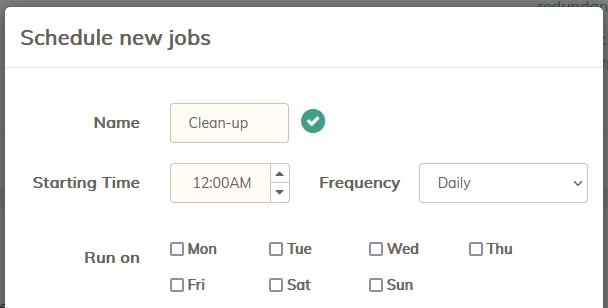Hey there everyone. Here’s my problem, and a related but possibly secondary problem that stemmed from it. Any advice welcome, I feel as if I must be missing something idiotically obvious that’s right in front of me, but who knows. So, here it goes:
Main Question:
Using the Duplicacy GUI (I haven’t yet used the CLI at all for anything) I set up a first backup ID to a specific B2 bucket in a first Duplicacy trial that I had running on a first laptop containing a large set of photo files in many folders (about 321GB worth). I uploaded this from that laptop through that trial, specific to that machine.
Later, on my main (second) laptop, I uploaded another but only slightly different copy of the same photo folder from the first laptop set to the SAME bucket but under a new backup ID specific to that second laptop’s copy of those photos.
Thus, there are two distinct backup IDs going to the same B2 bucket. And from what I could see of the increase in GB in that bucket inside my B2 “buckets” panel, the second backup uploaded well, with full deduplication and only a few extra, different subfolders worth of files in backup 2 from laptops 2 slightly increasing the bucket’s total size to 340GB, which makes sense to me.
After this, I deleted the entire storage profile and backup job profile in the first trial in my first laptop mentioned above, and also deleted that entire Duplicacy installation since I don’t plan on using that first laptop anymore.
My question for this is: Both sets of backups and their cross-matching (deduplicated) files are fully intact and referenced in my B2 backup for problem-free retrieval of either through my second laptop? This is the device in which I plan on continuing with a paid edition of that second Duplicacy trial.
Second Problem/Question:
In between running the first and second laptop uploads of the whole photo folder described above, I was still learning to use Duplicacy and made several partial folder/file backups of files from both computers full backup sets, as separate backups of their own, BUT all under the same Backup ID as the first FULL backup from the first laptop.
I now know you’re not supposed to do this, but though I later deleted these partial backup jobs themselves, some of them remain listed as “Revisions” (revision 2, revision 3, etc) with dates subsequent the original first “revision” (the first full backup under that original storage that was first initiated in laptop 1 under that original Backup ID. All of these revisions are now still visible when I open my “restore” section in my second laptop’s Duplicacy trial under that first backup ID. How do I get rid of these, and will they negatively affect the corresponding underlying files from the first, full, original backup copy in any way?
I looked into Prune in the GUI, but it only offers an option to delete snapshots older than X days. Since these partial backups under that same laptop 1 Backup ID were all done after the first full backup in that laptop, I don’t see how that Prune functionality helps me.
Those are my problems here. I hope the above is more or less understandable. Any help would be appreciated.
Thanks!

